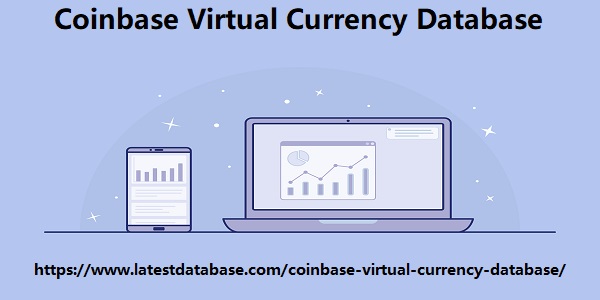Post by account_disabled on Feb 25, 2024 1:17:27 GMT -8
It is very common for salespeople to search on Google for potential new customers. But great care must be taken when collecting contact data found on the web, as there is indeed a lot of information on the internet that is public, but not all of it is qualified, that is, capable of returning results. Even worse, it is data from people who are not aware of how their personal information will be used, which can happen for both commercial and criminal purposes. Whois Lookup A very common way to obtain registration data for people and companies is to search for the Whois data of a domain address. Let's suppose that one of the salespeople at our company that sells hospital supplies searches Google for “dermatology clinics” and accesses one of the websites displayed in the results. He soon discovers that the site does not display any email addresses on its pages. Feeling very clever, our naughty salesman then goes to Registro.br and does a Whois search , that is, he uses a search to find out who owns that web address.
In this query, it is possible to obtain the domain owner's CNPJ and/or CPF, as well as their address, telephone number and, of course, email address. Although this information is available for public consultation, it should not be considered as the official contact data of the website owner and should not be used for any purposes without that person's knowledge and authorization. Very often, the email Coinbase Virtual Currency Database addresses that appear in the Registro.br registration, especially when the domain holder is a company, are “generic” emails such as contato@…, faleconosco@…, financier@… etc. Social networks, discussion forums, blog comments, etc. The same recommendation of NOT taking Whois emails to include in the mailing list just like that applies to emails found written in comments on blog articles, on social networks, forums or any other public places on the internet.

On Linkedin, for example, especially in the paid subscription version, it is possible to find the contact details of people who work in a certain market segment that we are interested in. But these people's contact details are exposed there for reasons other than the desire to be part of anyone's mailing list. As the social network itself is already a conversational environment, if you want to try prospecting there, first use the network's own conversation mechanisms, such as the message box that is there. If someone responds to your message showing interest, ask for their permission to continue the conversation via email or phone, and then ask for that person's details. AUTHORIZATION is the keyword in the active prospecting process. The first individual contact can be “in the dark”, without the prospect knowing you, but any step after that, such as sending periodic marketing emails, must have their authorization.
In this query, it is possible to obtain the domain owner's CNPJ and/or CPF, as well as their address, telephone number and, of course, email address. Although this information is available for public consultation, it should not be considered as the official contact data of the website owner and should not be used for any purposes without that person's knowledge and authorization. Very often, the email Coinbase Virtual Currency Database addresses that appear in the Registro.br registration, especially when the domain holder is a company, are “generic” emails such as contato@…, faleconosco@…, financier@… etc. Social networks, discussion forums, blog comments, etc. The same recommendation of NOT taking Whois emails to include in the mailing list just like that applies to emails found written in comments on blog articles, on social networks, forums or any other public places on the internet.

On Linkedin, for example, especially in the paid subscription version, it is possible to find the contact details of people who work in a certain market segment that we are interested in. But these people's contact details are exposed there for reasons other than the desire to be part of anyone's mailing list. As the social network itself is already a conversational environment, if you want to try prospecting there, first use the network's own conversation mechanisms, such as the message box that is there. If someone responds to your message showing interest, ask for their permission to continue the conversation via email or phone, and then ask for that person's details. AUTHORIZATION is the keyword in the active prospecting process. The first individual contact can be “in the dark”, without the prospect knowing you, but any step after that, such as sending periodic marketing emails, must have their authorization.
